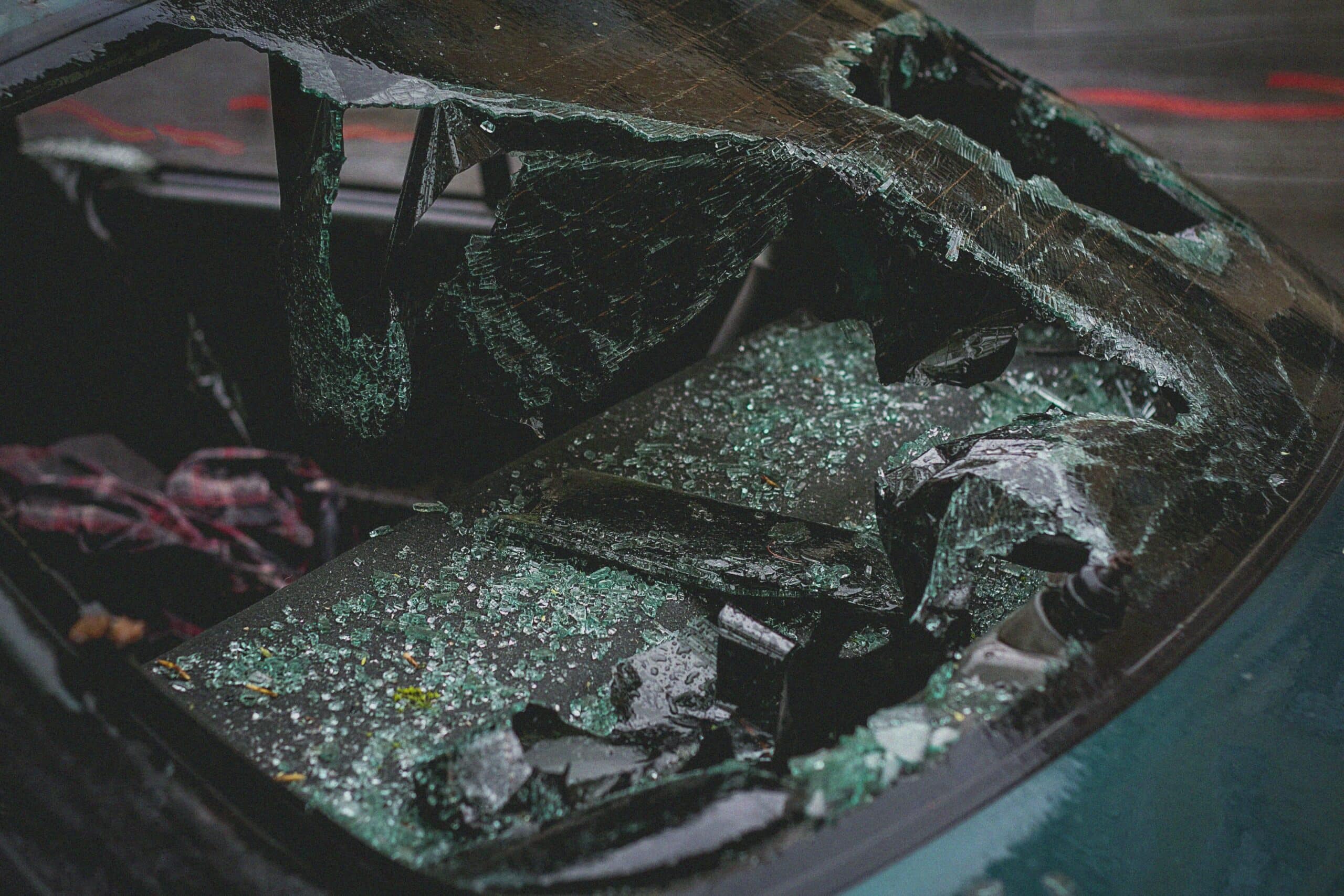It’s a jungle out there on the road, so choosing the right car insurance is an important decision. But there are so many options and coverage times—how do you make sense of it all?
Liability Coverage
Accidents happen, and liability coverage is what protects you when you’re the one at fault. Under Colorado law, you are required to carry liability coverage of at least $25,000 per person, $50,000 per accident, and most insurance companies offer policies providing up to $500,000 in liability coverage or more. It is very important to choose a policy with enough coverage to protect your assets in the event that you cause an accident, as you can be responsible for paying any judgment against you over the limits of your policy.
Medical Payments (“Med Pay”)
Medical payments coverage is coverage that can cover or reimburse you for your medical treatment for injuries from any motor vehicle accident, whether or not you were at fault. In Colorado, your policy includes $5,000 in medical payments coverage unless you choose to opt out in writing. You can elect larger amounts of medical payments coverage too.
Think that you don’t need medical payments coverage because you have health insurance? Med Pay can be used to cover your copays and deductibles—which can get costly—as well as treatment that your health insurance doesn’t cover. You also do not have to reimburse your auto insurance company for medical payments coverage you receive even if you receive a settlement on a claim where you’re not at fault.
UM/UIM Coverage
Unfortunately, you can’t always trust other drivers on the road to carry enough insurance to protect you. Even worse, it’s estimated that 16.3% of Colorado drivers are uninsured![1] Uninsured motorist insurance or underinsured motorist insurance (UM/UIM for short) covers you if you are involved in a motor vehicle accident and the other driver is uninsured or has a policy that won’t be enough to cover all your medical bills, lost wages, pain and suffering, and permanent impairment. In Colorado, your policy will include UM/UIM coverage in the same amount as your liability coverage unless you opt out in writing.
Collision Insurance
Collision coverage covers damage to your car from a collision. It will pay for repairs whether the damage is your fault or not. If you are involved in a motor vehicle accident, the at-fault party’s coverage should cover damages to your car. Even if the accident isn’t your fault, there are reasons why that may not happen, which might leave you without transportation if you don’t have your own coverage. Collision coverage is not required by law, but may be required by the financing company if you took out a loan for your car or are leasing it. Even if you don’t owe money on your car, depending on the value of your vehicle, it may be worth considering. With most policies, collision insurance requires payment of a deductible which can range from $500 to $1,500 or more.
Comprehensive Insurance
Comprehensive insurance is coverage for damage to your car from things like theft, hail, flooding, fire, and other damage that does not involve a crash. It may also cover broken windshields. This form of coverage will generally also require payment of a deductible in order to get your car fixed. Depending on when you purchased your car and the value, comprehensive insurance may or may not be an available option for you. However, like collision coverage, it may be required by a financing company when a person is financing or leasing a vehicle.
GAP insurance
We all know that the tradeoff for a brand-new car is that it loses value the minute you drive it off the lot. Gap insurance helps pay off what you owe in the event your car is totaled or stolen and you owe more than the vehicle’s fair market value, which is what standard collision insurance will pay for. Gap insurance is a good idea if you did not make a large down payment, financed your vehicle for a long time, are leasing a vehicle, or purchased a car that depreciates more quickly than the average. You can get gap insurance from the dealership when you purchase your car, or through your auto insurer if they offer the coverage, usually for a fairly minimal cost.
Once you buy insurance, make sure that you reevaluate your needs every so often to make sure that not only are you getting the best deal, but the coverages you have fit your current needs.
Note: This information is for educational processes and should not be used as legal advice for any legal matters. The information in this article should serve for educational purposes and should be used in this manner.
[1] https://www.bankrate.com/insurance/car/uninsured-motorist-statistics/





